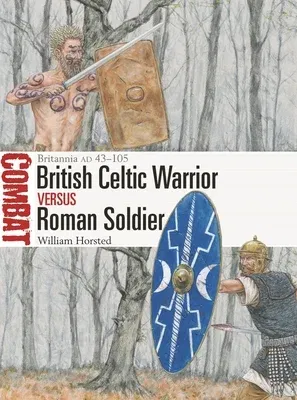An illustrated study of the British tribal warriors and Roman
auxiliaries who fought in three epic battles for control of Britain in
the 1st century AD.
Following the Roman invasion of Britain in AD 43, the tribes of the west
and north resisted the establishment of a 'Roman peace', led in
particular by the chieftain Caratacus. Even in the south-east,
resentment of Roman occupation remained, exploding into the revolt of
Boudicca's Iceni in AD 60. Roman auxiliaries from two particular peoples
are known to have taken part in the invasion of Britain: the Tungrians,
from what is now Belgium, and the Batavians, from the delta of the River
Rhine in the modern Netherlands. From the late 80s AD, units of both the
Batavians and the Tungrians were garrisoned at a fort at Vindolanda in
northern Britain. The so called 'Vindolanda tablets' provide an
unparalleled body of material with which to reconstruct the lives of
these auxiliary soldiers in Britain.
Featuring full-colour maps and specially commissioned battlescene and
figure artwork plates, this book examines how both the British warriors
and the Roman auxiliaries experienced the decades of conflict that
followed the invasion. Their recruitment, training, leadership,
motivation, culture and beliefs are compared alongside an assessment of
three particular battles: the final defeat of Caratacus in the hills of
Wales in AD 50; the Roman assault on the island of Mona (Anglesey) in AD
60; and the battle of Mons Graupius in Scotland in AD 83.

